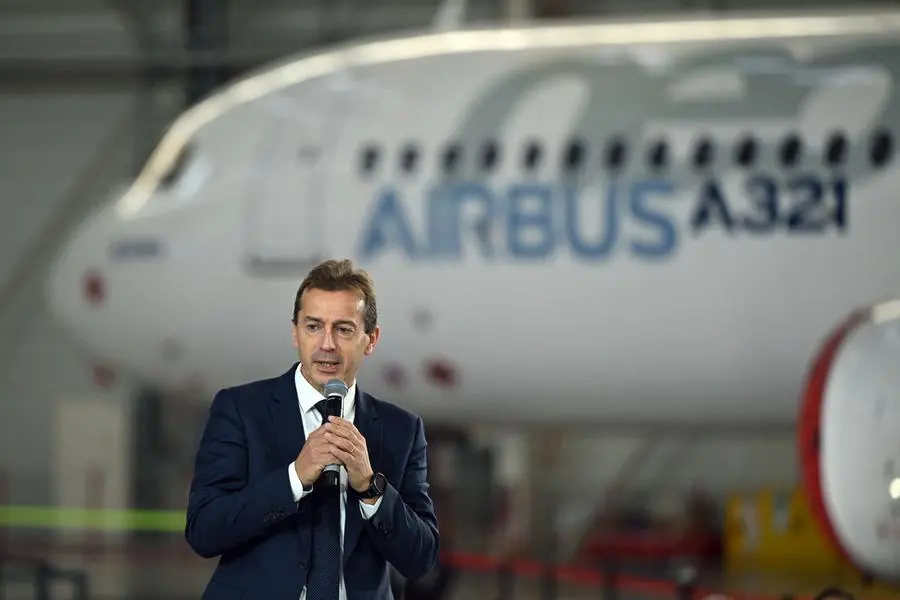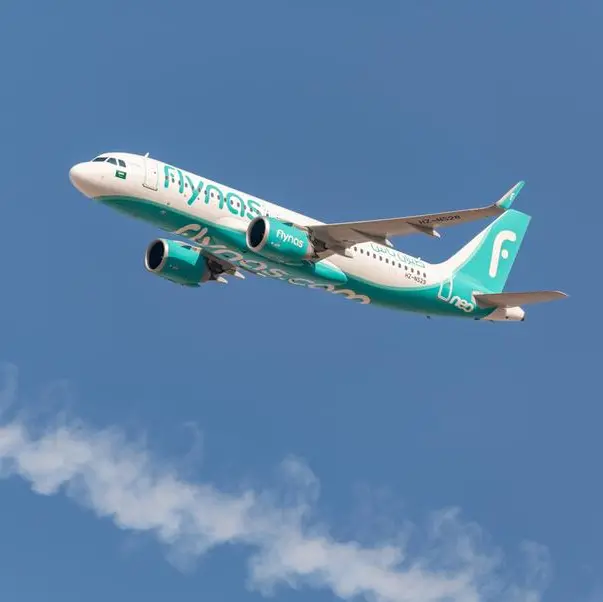PHOTO
Airbus chief Guillaume Faury chose diplomacy while weighing in on competitor Boeing’s recent safety issues with the 737 Max aircraft, saying that as an industry, everyone “shares the objective of keeping aviation as the safest mode of transport today.”
Faury made the statement at the ongoing World Government Summit in Dubai, alongside Juan Carlos Salazar, Secretary General, International Civil Aviation Organization (ICAO), a UN-backed entity tasked with setting global standards for aviation.
“It’s never good for the industry when an incident occurs, whatever the type of plane. This also gets the rest of this thinking what we should be doing to ensure we are not in similar situations,” said the Airbus CEO.
In January, a section of the fuselage blew out mid-air on a 737 Max 9 aircraft operated by Alaska Airlines, leading to an emergency landing shortly after take-off.
The industry veterans made a case for Sustainable Aviation Fuel (SAF) and how the sector could benefit from the transition.
“I believe we are closer than ever in bringing sustainability to the sector, especially with all the different stakeholders aligned with the single goal to achieve zero emissions by 2050,” said Salazar. “So now, the story of aviation is not to try to convince how much aviation contributes to carbon emissions, but it is how to act on achieving those targets we have set.”
While the high cost has proved a hindrance to the widespread adaptation of SAF, Airbus is hedging its bet on hydrogen as the future for the aviation sector.
“We believe this is the ultimate way to power aviation, but it requires a lot of engineering. This is what Airbus is working on – the first commercial hydrogen plane by 2035.”
According to Faury, challenges remain on this hydrogen dream to take flight, including designing, testing and validating this technology on planes.
“We also have to prepare the regulatory framework for hydrogen,” Faury continued, adding: “Plus, the green hydrogen has to be at airports in the right quantity at the right time. Planes need liquid hydrogen at minus 200 degrees and we simply don’t have the technology today.”
(Reporting by Bindu Rai, editing by Seban Scaria)












